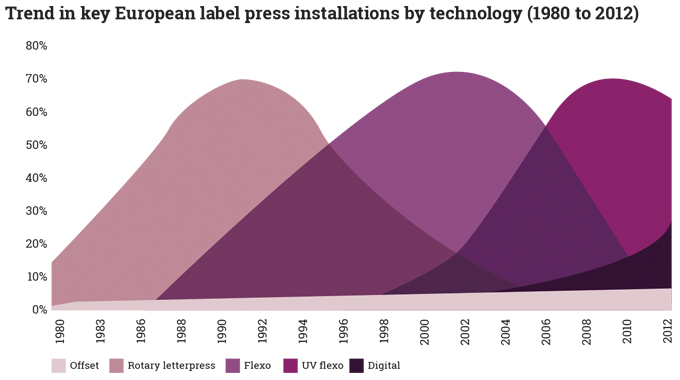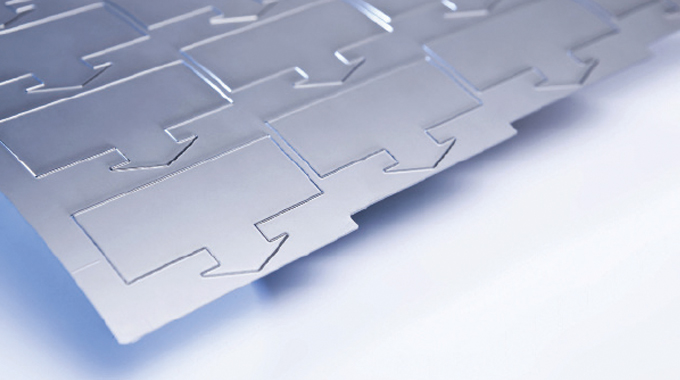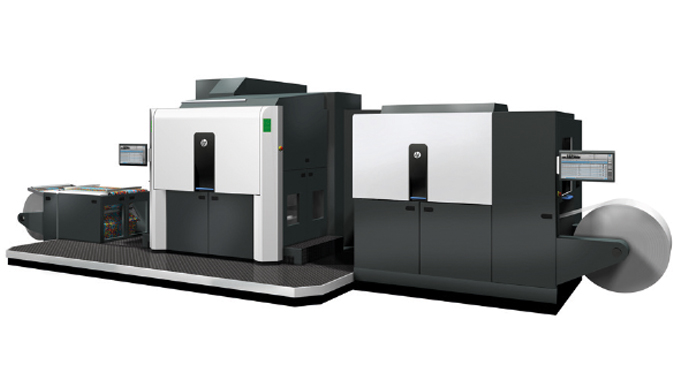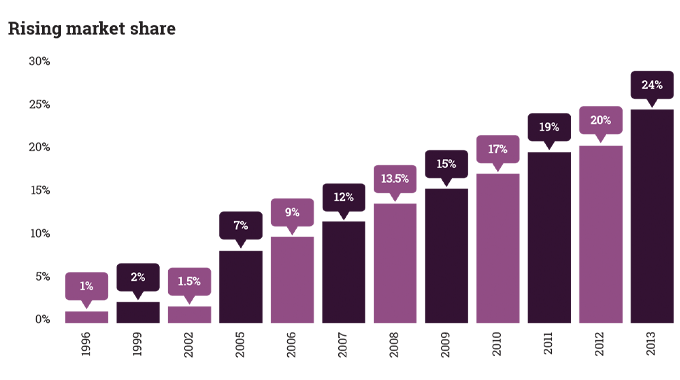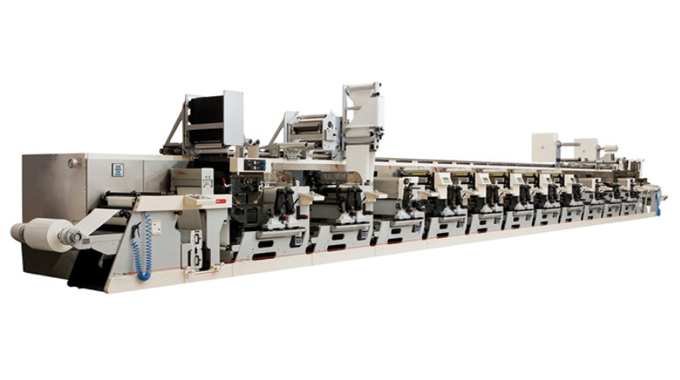★You are viewing this content as a subscriber
★Subscribers only
The changing landscape of label printing
Over the last thirty years there has been a startling evolution in both the equipment and printing methods used for the manufacture of self-adhesive labels
Over the last thirty years there has been a startling evolution in both the equipment and printing methods used for the manufacture of self-adhesive labels.
In the early 1980s the predominant process used was semi-rotary and rotary letterpress. By the mid-1980s rotary letterpress made up almost 70% of all new narrow-web press installations each year. At this time flexographic process was deemed by many as inferior.
Stay up to date
Subscribe to the free Label News newsletter and receive the latest content every week. We'll never share your email address.
